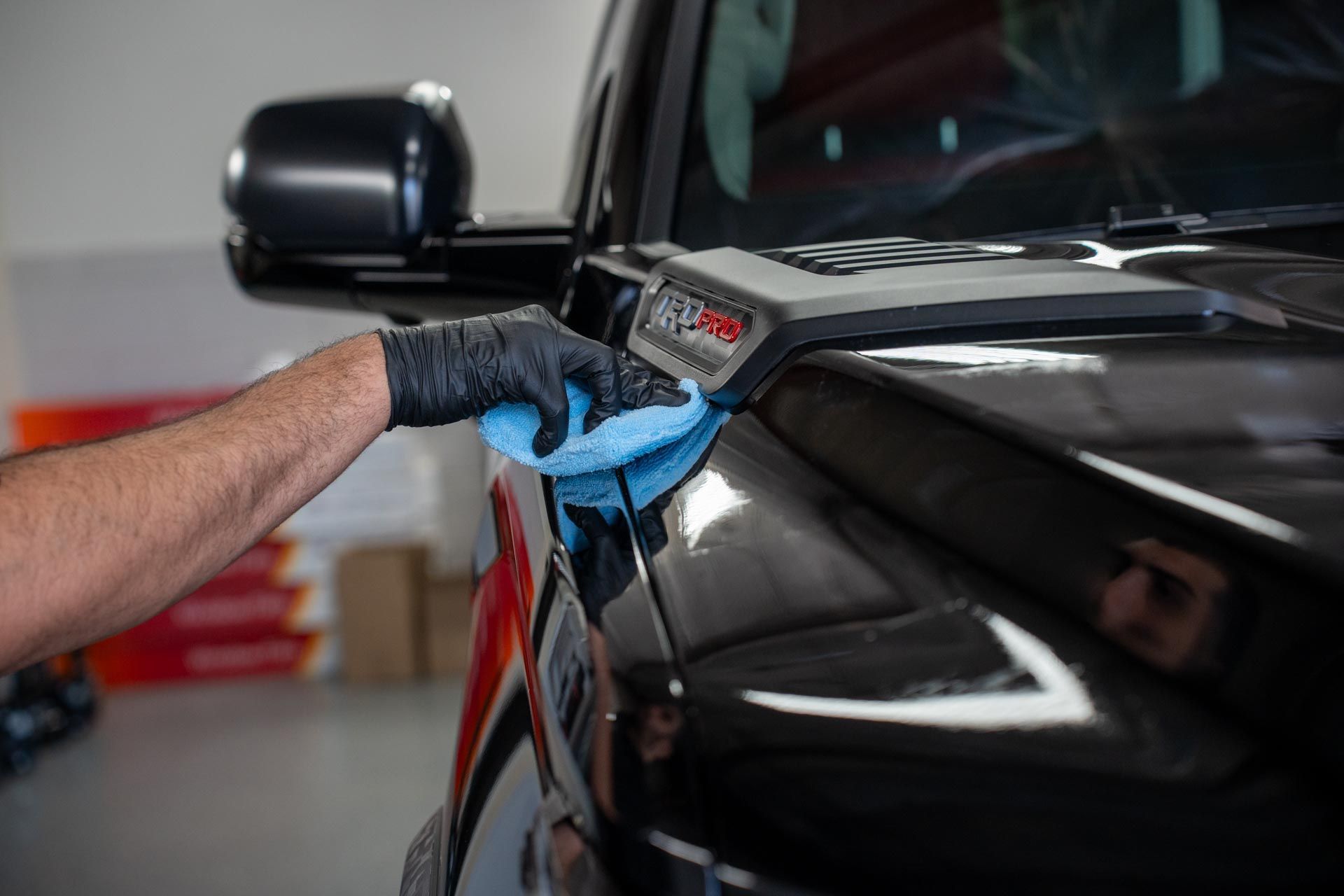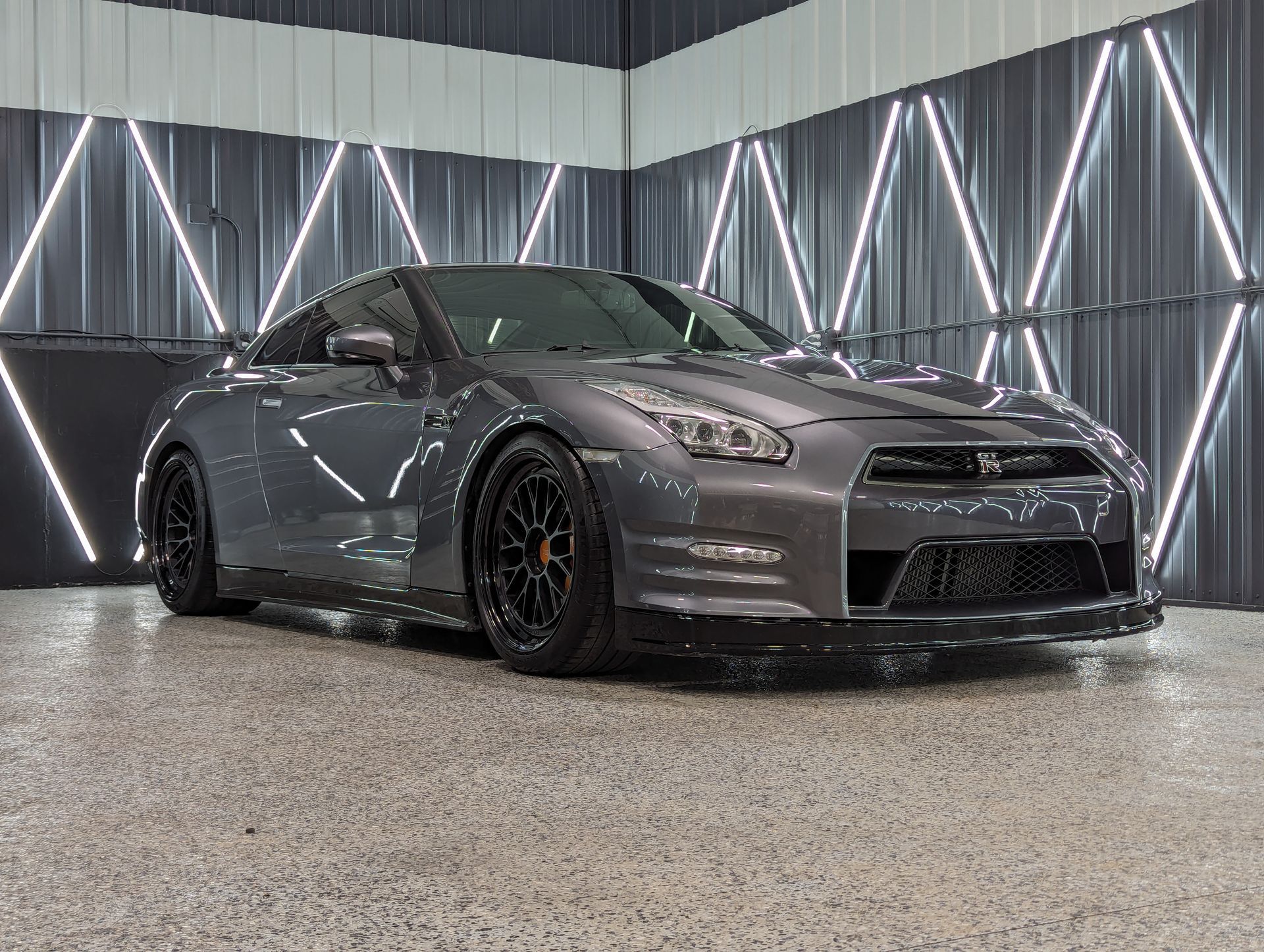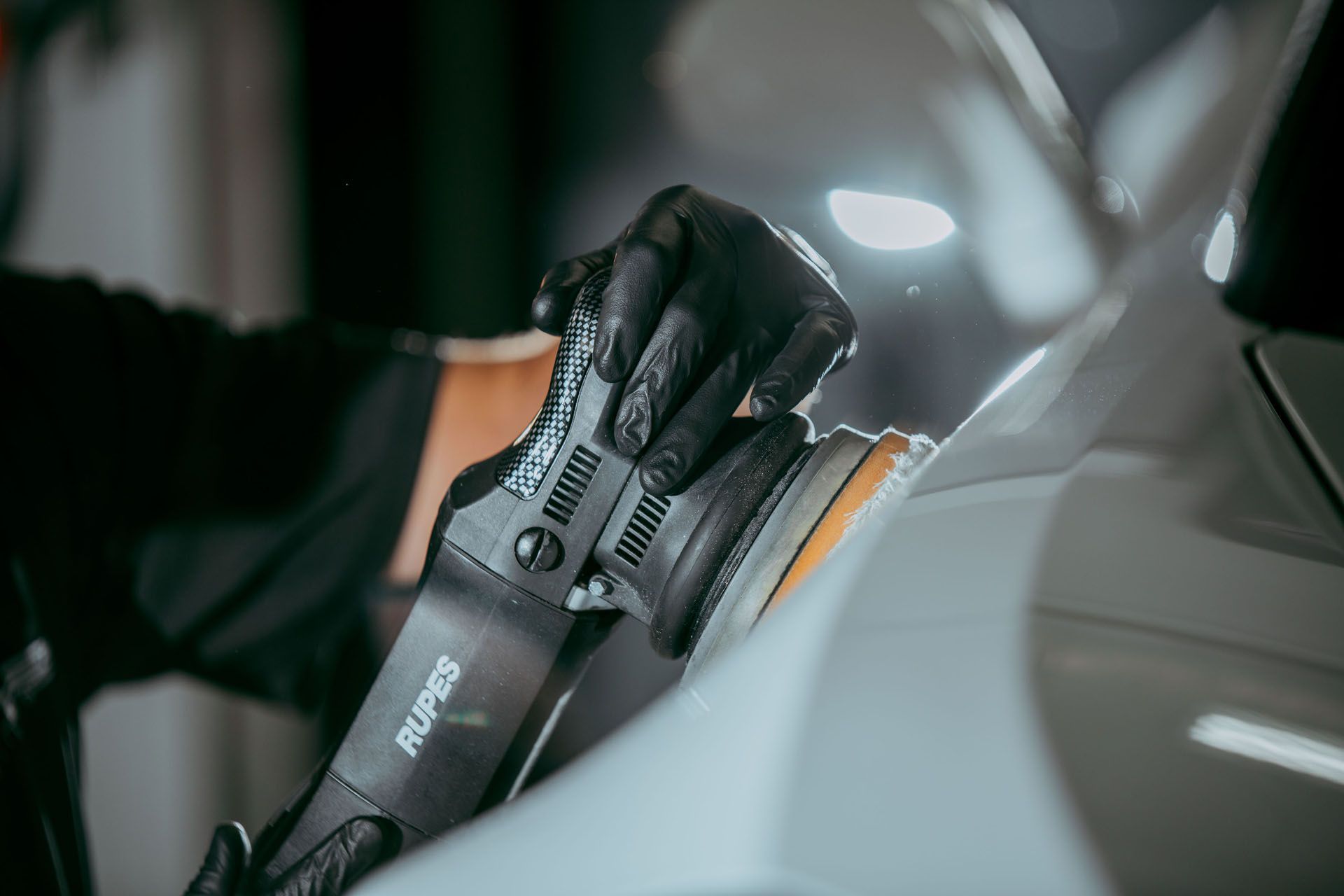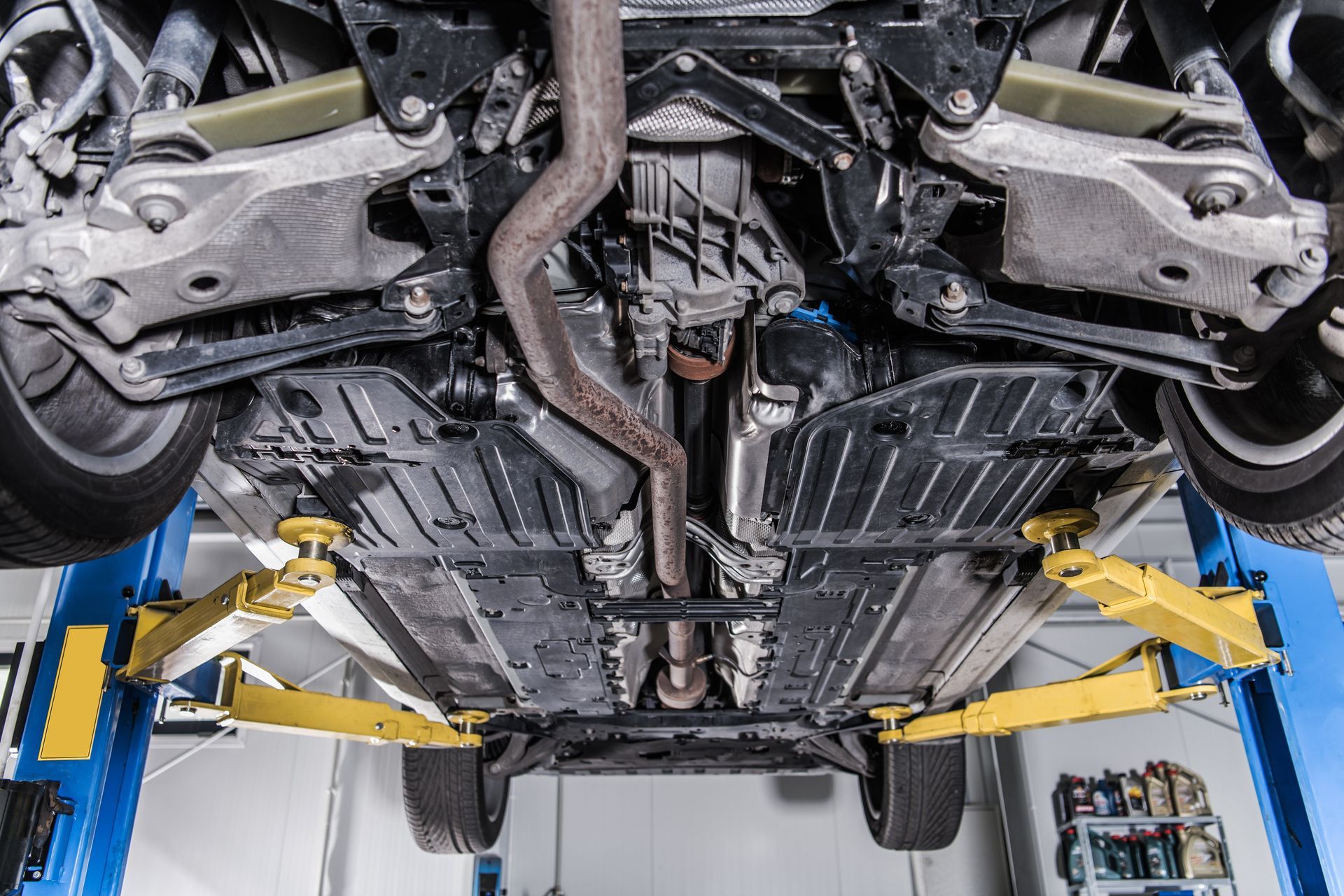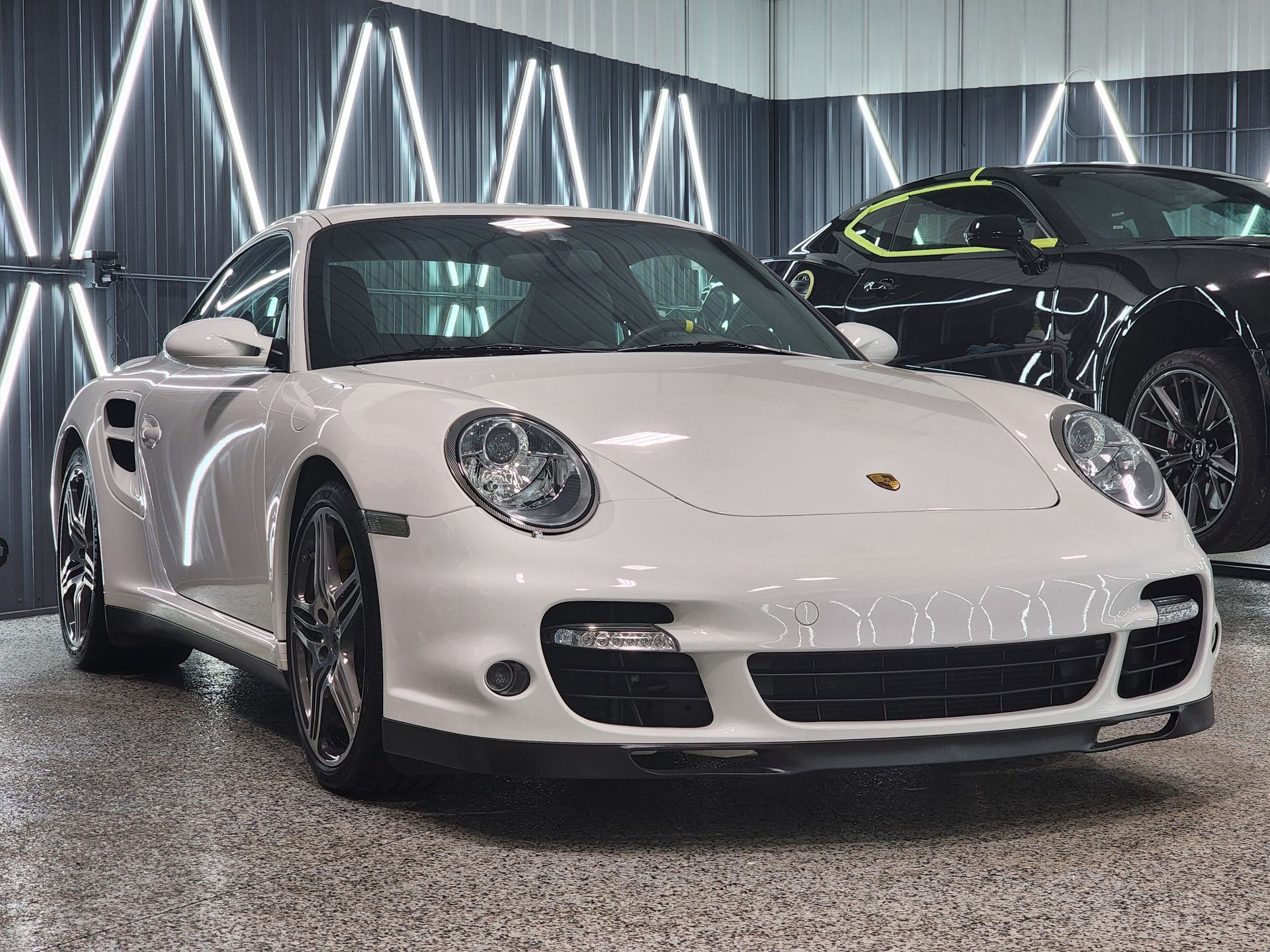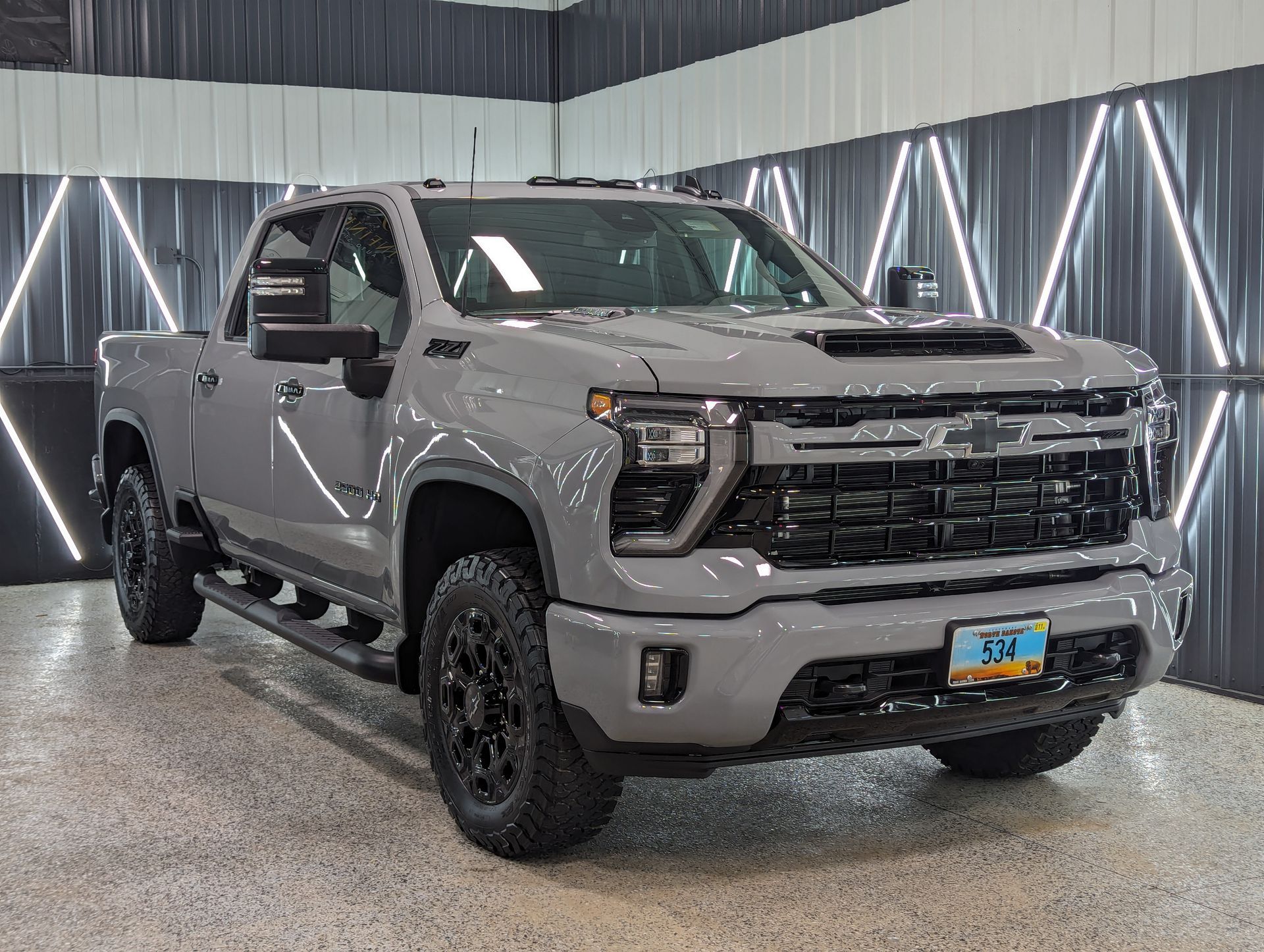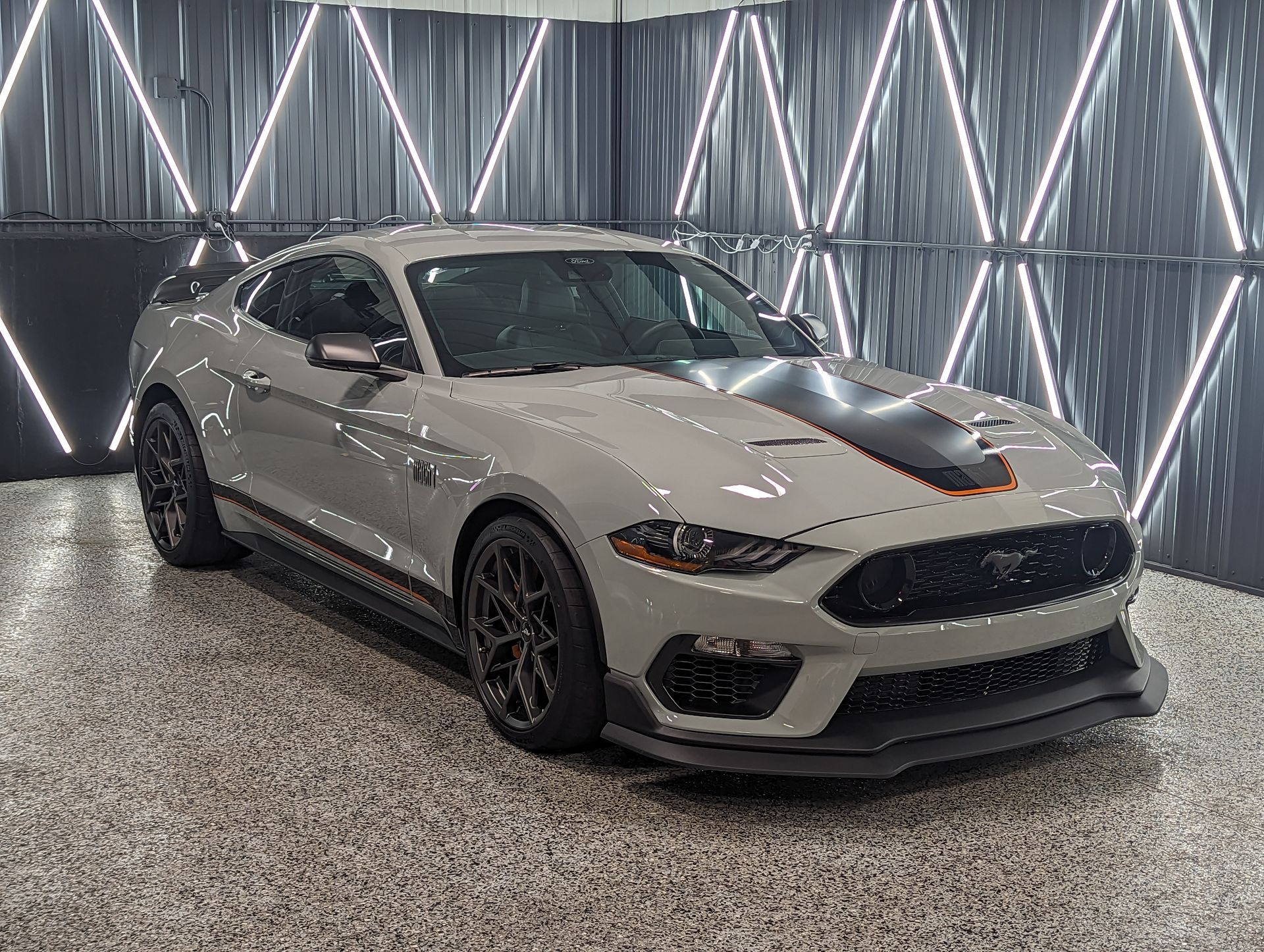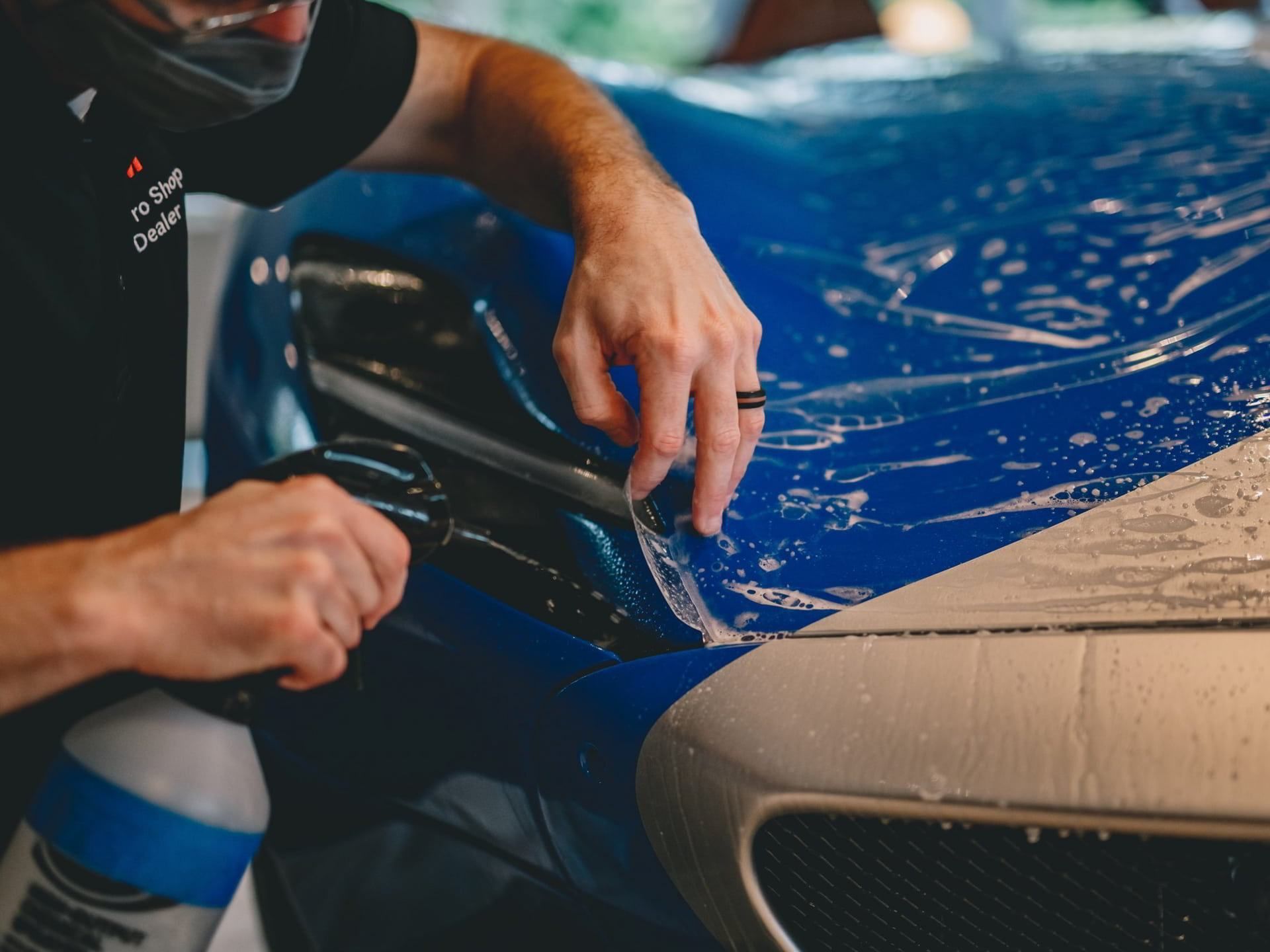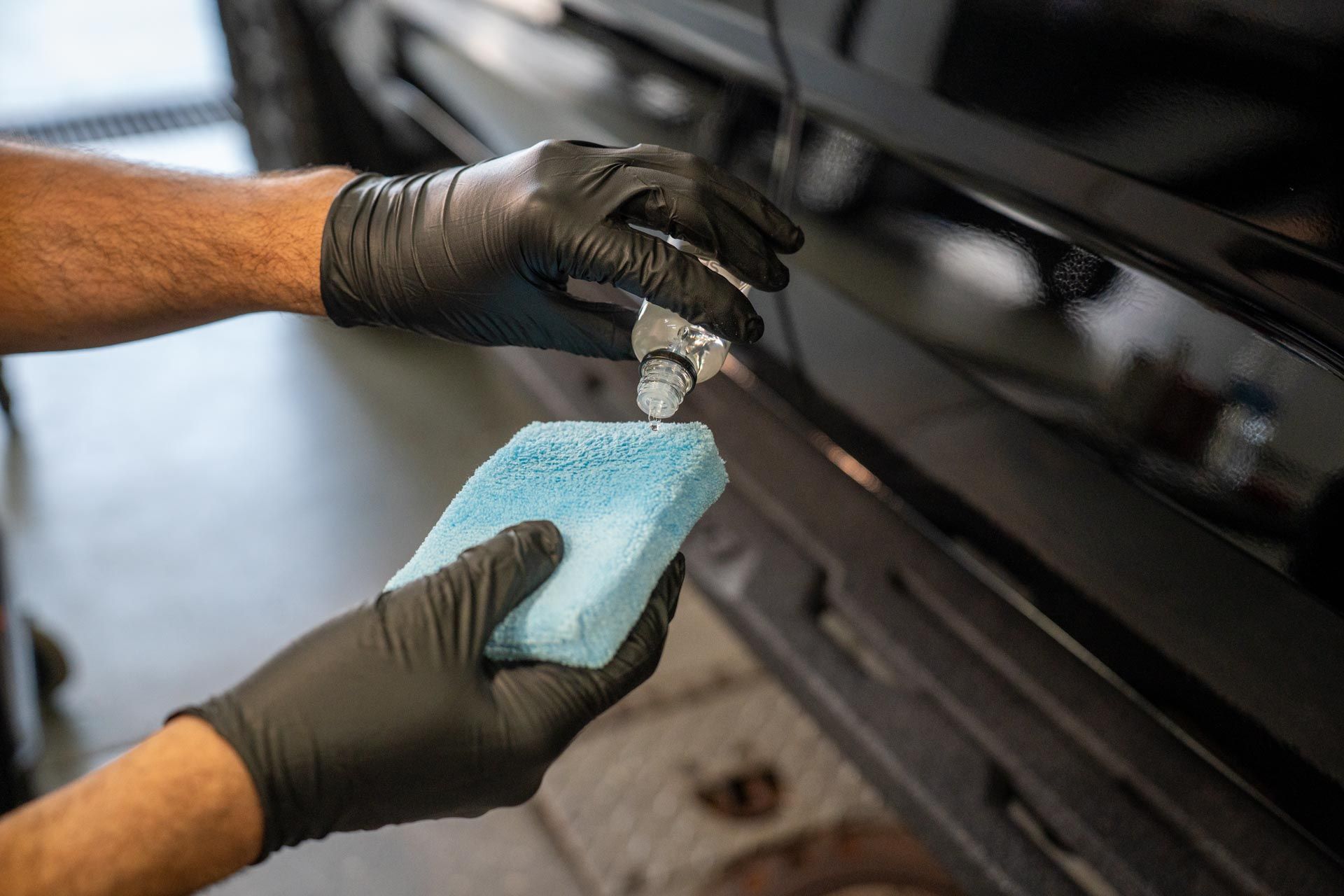UV Protection and PPF: Essential Tips to Keep Your Car Paint from Fading
When it comes to owning a car, we all want our vehicles to look as fresh as they did the day we drove them off the lot. However, that shiny finish can quickly fade due to relentless UV rays and environmental factors. If you're tired of seeing your car’s paint lose its luster, it’s time to explore Paint Protection Film (PPF) and some effective ways to reduce fading. In this article, we'll share essential tips to keep your vehicle's appearance intact and discover how these protective measures can save you money in the long run. Trust me; investing a little effort now will pay off later in keeping your ride looking sharp!
Paint Protection Film (PPF) acts as a transparent barrier that not only protects against physical abrasions but also significantly reduces the harmful effects of UV rays on your vehicle's paint. By absorbing UV radiation, quality PPF materials help prevent oxidation and fading, thereby preserving the original appearance of your car's paint for an extended period.
UV Protection for Car Paint
Car paint suffers under the relentless assault of sunlight, leading to fading and oxidation that can dull its vibrant finish over time. If you're someone who parks outside regularly, shielding your car from these harsh conditions becomes critical. Here are some effective methods for safeguarding your vehicle against UV damage.
Key UV Protection Methods
First on the list are wax and sealants. While they serve as a temporary solution, they can effectively create a protective layer against UV rays. You’ll find that applying wax every two to three months can be both budget-friendly and straightforward. It’s almost like giving your car a spa day! Sure, it requires reapplication, but the gloss it provides makes the effort worthwhile and keeps your vehicle looking fresh.
Moving on to more long-term options, we come to ceramic coatings, which are increasingly becoming the go-to method for enthusiasts wanting robust protection. Unlike wax, ceramic coatings bond at the molecular level with the paint surface, creating a durable shield that lasts significantly longer—up to five years when properly applied. Although this type of coating often requires professional installation and comes with a higher price tag, the investment pays off in the long run by reducing overall paint degradation due to sun exposure.
And there’s yet another option that many car owners overlook: UV-protective car covers. Using a cover when parking outdoors not only protects against UV exposure but also shields against bird droppings, tree sap, and other environmental contaminants. These covers can be invaluable during those hot summer months when the sun is particularly intense. They act as an invisible barrier, ensuring your vehicle stays pristine inside and out.
To give you an idea of the effectiveness of these methods, consider this: A test conducted by a leading automotive magazine revealed that cars treated with ceramic coatings exhibited 30% less paint fade after one year compared to those that were merely waxed. This statistic highlights the remarkable long-term benefits of investing in high-quality protective solutions.
As you weigh your options for UV protection, it's important to consider not just the immediate results but the enduring resilience of your vehicle’s paint over time. With all these strategies in play for maintaining your car's exterior beauty, let’s explore how specific protective films provide a shield against various forms of damage while extending the life of your vehicle's finish.
How PPF Shields Your Paintwork
At its core, Paint Protection Film serves as armor for your vehicle's exterior. This transparent urethane film isn't just a surface layer—it employs advanced technology to combat various threats to your car's finish. When you slap on a layer of PPF, you’re essentially creating a barrier that absorbs and disperses the energy from impacts, which includes everything from tiny pebbles flying up from the road to errant shopping carts in parking lots.
The Science Behind PPF
What sets PPF apart is its ability to self-heal. This means that minor scratches and abrasions actually disappear when exposed to heat, whether that's the warmth from sunlight or even the heat radiating from your engine after a drive. This self-repairing feature ensures that your car maintains a pristine look without constant upkeep. Imagine a paint job that effortlessly restores itself after every little battle it faces! Not only does this preserve your car's aesthetic appeal, but it also enhances its resale value since prospective buyers will appreciate a vehicle that's still shining bright and looks well-maintained. As we dive deeper into the advantages of protective solutions for your vehicle, it’s essential to draw a comparison between PPF and more traditional methods like waxing.
Comparing PPF to Traditional Wax
When thinking about vehicle protection, many individuals turn to wax as a quick solution. However, while wax does offer some level of protection, it’s kind of like putting a band-aid on a wound that needs stitches. Wax provides temporary coverage and often wears off after a few washes or exposure to the elements. On the other hand, PPF is much more robust; it offers comprehensive coverage designed to last for years.
To put this into perspective, think about the upkeep required for wax versus PPF. While you might have to reapply wax every couple of months—sometimes even sooner depending on driving conditions—PPF doesn’t require nearly as much effort. This efficiency and effectiveness highlight how far protective technologies have come, allowing car owners not only to maintain their vehicles' appearances but also to invest wisely in their long-term care. As we continue, it's important to examine how elements like sunlight and varying weather conditions can impact vehicle appearance and longevity.
Effects of Sun and Weather
The sun and inclement weather are persistent threats to your vehicle's paintwork. When parked outside, your car becomes a canvas exposed to the elements day after day. Over time, this exposure can lead to fading, oxidation, and even peeling paint. A harsh winter, with its chill and salt-laden roads, can exacerbate these effects.
The Impact of UV Rays
One of the most insidious agents of damage is ultraviolet (UV) radiation. It’s astonishing that UV rays are responsible for up to 90% of visible aging and deterioration in automotive paint. Imagine leaving a bright piece of fabric in direct sunlight for weeks; the colors fade and become dull. Cars are no different. A study indicates that prolonged exposure can reduce gloss and color intensity by as much as 50% in just 2-3 years if unprotected. That’s significant when you think about how much we invest in our vehicles. But even beyond UV rays, environmental conditions can take their toll on your car's finish.
Combating Weather Effects
To combat the relentless forces of nature, implementing a regular maintenance routine is vital. Frequent washing helps eliminate contaminants like road salt, dirt, and grime before they can settle into the paint. A simple wash can do wonders for your vehicle’s appearance and protection. After washing, adding a layer of wax enhances shine and creates a barrier that reflects harmful UV rays away from your car's surface. Parking in shaded areas or using a garage whenever possible significantly reduces the likelihood of weather-related damage. If a garage isn’t an option, investing in a quality car cover designed to reflect UV rays while being breathable enough to prevent moisture buildup underneath is worthwhile.
With proper care, your vehicle can retain its aesthetic appeal longer than you might think. Cars shielded by protections like Paint Protection Film (PPF) can enjoy an extended lifespan for their original paint—sometimes stretching from 5-7 years to 10-15 years with diligent upkeep. Understanding these weather impacts empowers you to make informed choices about protecting one of your most significant investments effectively as we turn our attention to how best to apply and maintain protective measures for your vehicle.
Applying and Maintaining PPF
Proper application and maintenance of PPF is crucial for ensuring it performs optimally. Think about it as a suit of armor for your vehicle; it protects against environmental hazards like rock chips and scratches while also preserving the stunning paint job underneath. When appropriately installed, PPF can enhance the look of your car and add significant value over time.
Step-by-Step Application
The application of PPF is an art that requires patience and precision. First, preparation is key—begin by thoroughly washing and drying your car. This step isn't just about cleanliness; any dirt or contaminants left on the surface can create imperfections in the film after application. To set the stage for success, make sure everything is spotless.
After cleaning comes the all-important surface inspection. During this phase, check for any scratches or contaminants that need addressing. You wouldn't want to cover up existing imperfections with the film; instead, take the time to repair them beforehand to ensure a perfect finish. Once you've addressed these details, it's time to apply the film. Utilize a squeegee to gently smooth the film onto the car’s surface, carefully working from the center outwards to eliminate air bubbles and wrinkles. This step is critical because trapped air can cause premature wear or even peeling later on.
As you apply each section, keep an eye on all edges, ensuring they seal properly. A good seal will prevent elements from creeping underneath and compromising your painstaking work. Now that you’ve applied the PPF, let’s discuss how to maintain its pristine condition.
Maintenance Tips
Regular upkeep is essential to making sure your investment pays off. Cleaning areas covered with PPF should be straightforward: simply use a mild detergent mixed with water for best results. Avoid using harsh chemicals or abrasive materials, which may damage the film over time.
For minor scratches that might mar your lovely finish, don't worry too much! One of the fantastic features of modern PPF is its self-healing properties. If you expose small scratches to heat—either from a hairdryer on a low setting or natural sunshine—it can literally "heal" itself as the material softens. Regularly washing your vehicle will help maintain both PPF and paint beneath it, creating a protective barrier against UV rays and contaminants.
It's worth noting that keeping your PPF clean not only enhances its appearance but also prolongs its lifespan. Just think about how much better you feel when everything around you looks top-notch! Investing regular time into applying and maintaining Paint Protection Film ensures that your vehicle looks as good years down the line as it does today. With these foundational techniques in place, let’s explore how Paint Protection Film and UV coatings can further elevate your vehicle's protection strategy.
Advantages of PPF and UV Coatings
Combining PPF with a UV coating offers a dual layer of protection that warrants consideration for those looking to maximize their vehicle’s longevity and appearance. This two-pronged approach is nothing short of a fortress for your car's finish. While PPF effectively handles physical damage such as scratches and stone chips, the UV coating specializes in shielding the paint from harmful sun rays and environmental effects, ensuring your vehicle stays vibrant and glossy.
Dual Protection Benefits
With today's automotive environment ever more challenging, the combination of these protective layers creates a barrier that's difficult to overlook. Think of it this way: The PPF serves as armor against physical impacts—consider those pesky road debris or unexpected shopping cart dings at the grocery store. Meanwhile, the UV coating acts like a sunscreen for your paint job, blocking out harmful rays that could cause fading or oxidation over time. This comprehensive approach means you're not just protecting your investment; you're actively extending its life. It’s almost like getting your vehicle a bodyguard who also applies SPF every day!
Moreover, there's more to consider when it comes to upkeep. PPF is often self-healing, meaning minor scratches can dissipate with a little heat, while UV coatings are designed to maintain their hydrophobic properties for easier washing and cleaning. When combined, they promise not only durability but also ease of maintenance—allowing you to spend less time worrying about wear and tear and more time enjoying your drive.
Investing in both PPF and UV coatings isn’t just about protection; it creates a wise choice that positively impacts long-term care for your vehicle. This proactive step leads us naturally toward enhancing other aspects of your automobile’s aesthetics and overall appeal.
Improving Vehicle Appearance
Beyond merely protecting your car's paint from the relentless forces of nature, paint protection film (PPF) and UV coatings can truly transform the way your vehicle looks. Imagine pulling into a parking lot and having heads turn; a shiny, well-maintained car not only looks newer but also conveys a sense of value and care. This visual appeal can build pride in ownership, making every drive just a little more satisfying.
Visual Appeal
One of the most striking features of PPF is its ability to enhance the gloss of your car's paint while remaining completely transparent. This means you get all the benefits of protection without sacrificing beauty. The film acts like a shield, protecting the underlying surface from scratches, dents, and other blemishes that can detract from the overall look.
As dust, dirt, and environmental contaminants are kept at bay by this shield, what remains is a consistently smooth finish that resembles the look of a freshly detailed car. This remarkable gloss effect is not just about aesthetics—it's also practical. Regular washing and waxing can significantly enhance the effectiveness of PPF. By maintaining a routine cleaning schedule, ideally every 2-3 months, you not only keep your vehicle looking great but also ensure that the protective properties of the film remain intact.
Resale Value
Coupled with enhanced aesthetics, there's another compelling reason to invest in PPF and UV coatings: increased resale value. A vehicle that has been carefully maintained tends to attract buyers who are willing to pay more. It's simple economics; an attractive vehicle signals good ownership practices, giving potential buyers confidence in their purchase. Buyers often gravitate toward cars that appear well-cared for because they associate this with overall reliability.
Timely investments in appearance can extend down the line when it comes time to sell or trade in your vehicle. Protecting your paint with PPF can ultimately lead to increased returns—up to 15% more than comparable vehicles lacking these protections. It’s a wise decision that pays off both immediately and in the long run.
In summary, enhancing your vehicle's appearance through proper maintenance with PPF and UV protection keeps it looking new and maintains its value over time. Investing in such protective measures is not only smart financially but also elevates your pride in ownership.
Top-Quality PPF Services in Lincoln, ND
Give your vehicle the ultimate defense with Infinity Auto Styling’s expert paint protection film services in Lincoln, ND! Our high-quality PPF shields your car’s paint from rock chips, scratches, and environmental damage, preserving its pristine look for years to come. Whether you have a daily driver or a prized possession, our team is here to provide the protection your car deserves. Book your PPF installation today and keep your vehicle looking flawless with professional-grade care!
Infinity Auto Styling Blog
